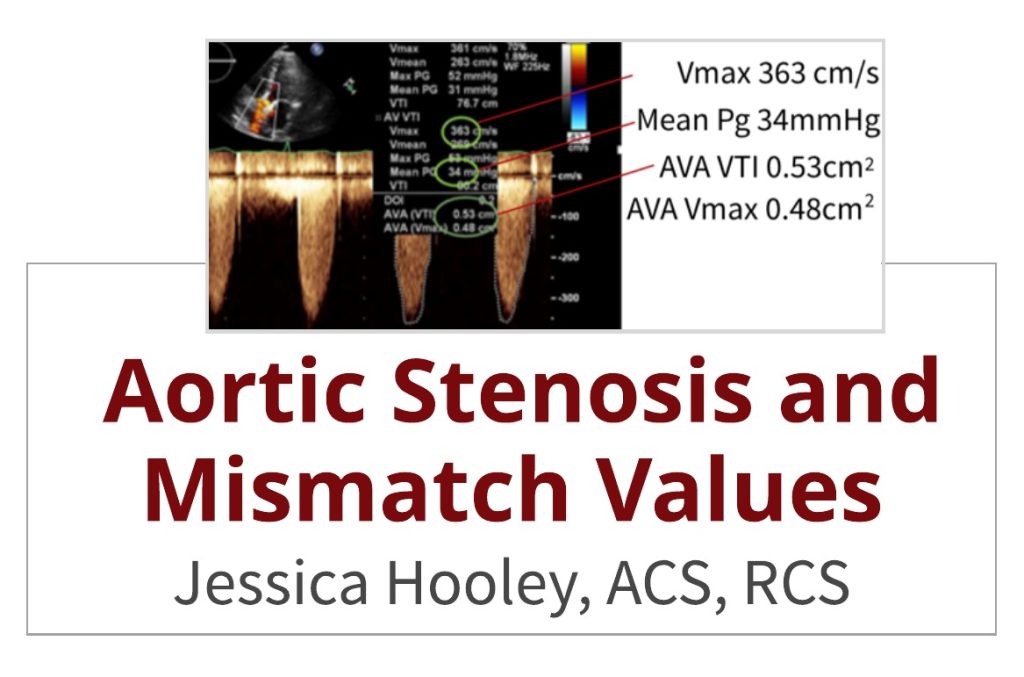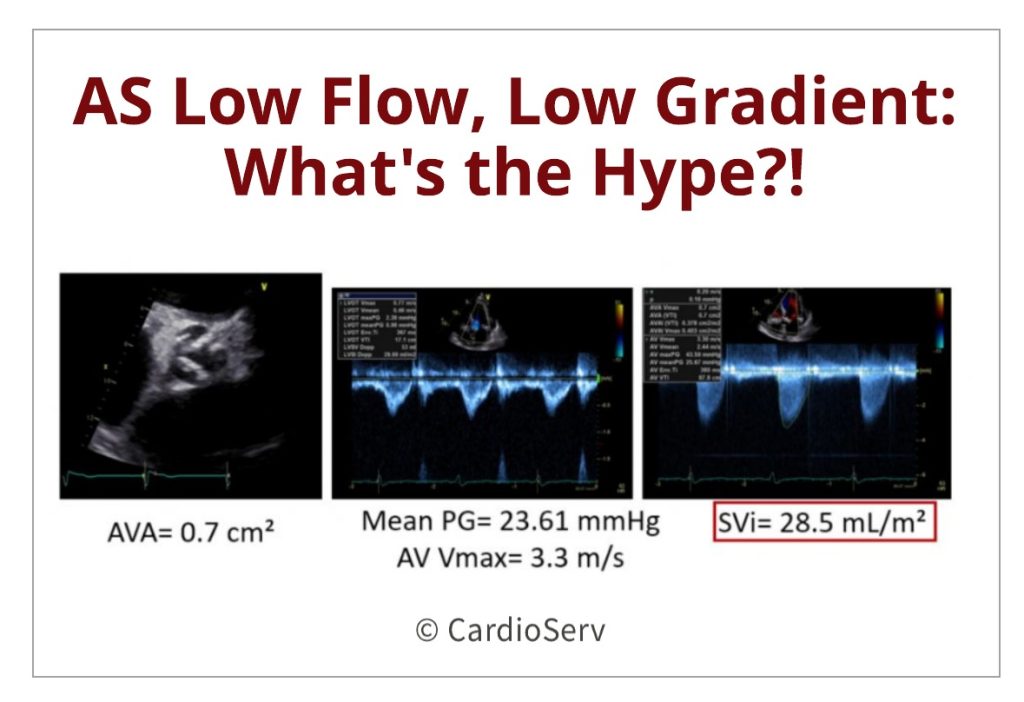Aortic Stenosis and Mismatch Values
In the past, we have written articles on aortic stenosis and best practices for performing the continuity equation. It’s great to read blogs but it is important to apply this knowledge to our everyday practice. That is why this week we asked experienced sonograher, Jessica Hooley, ACS, RCS, to share some real life examples of aortic stenosis and mismatch values and provide us with some tips and recommendations.
Aortic Stenosis and Mismatch Values Read More »




